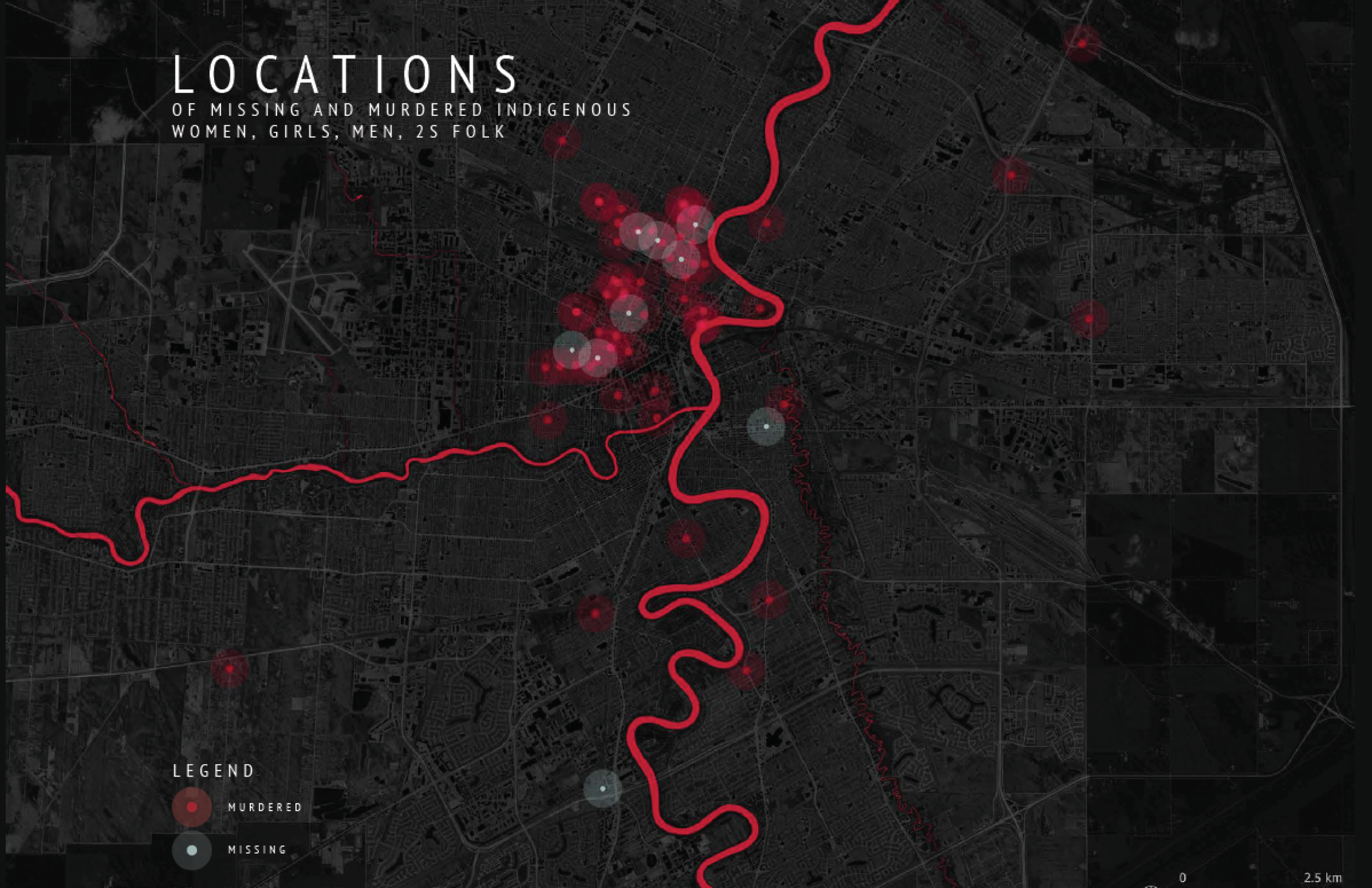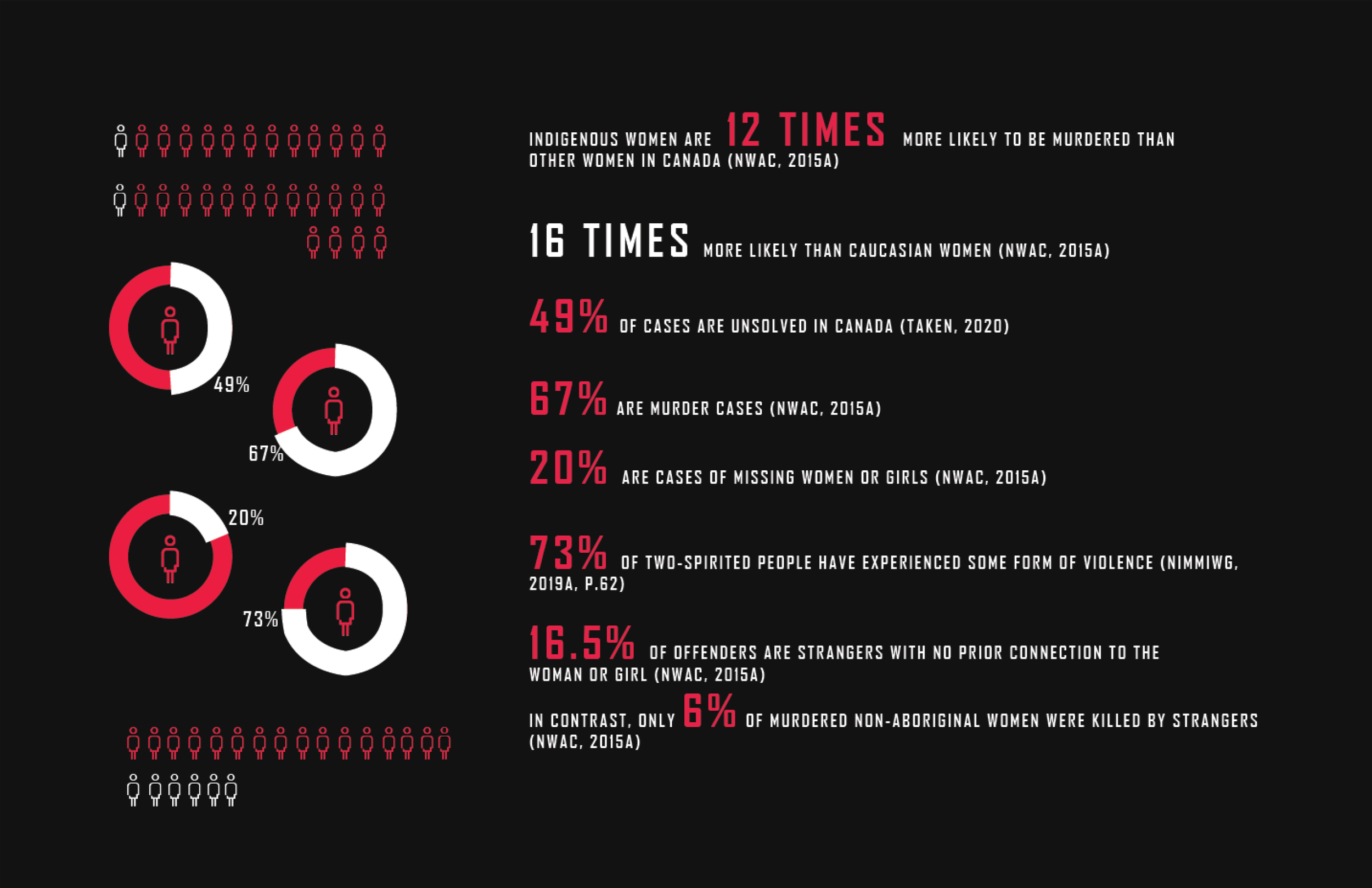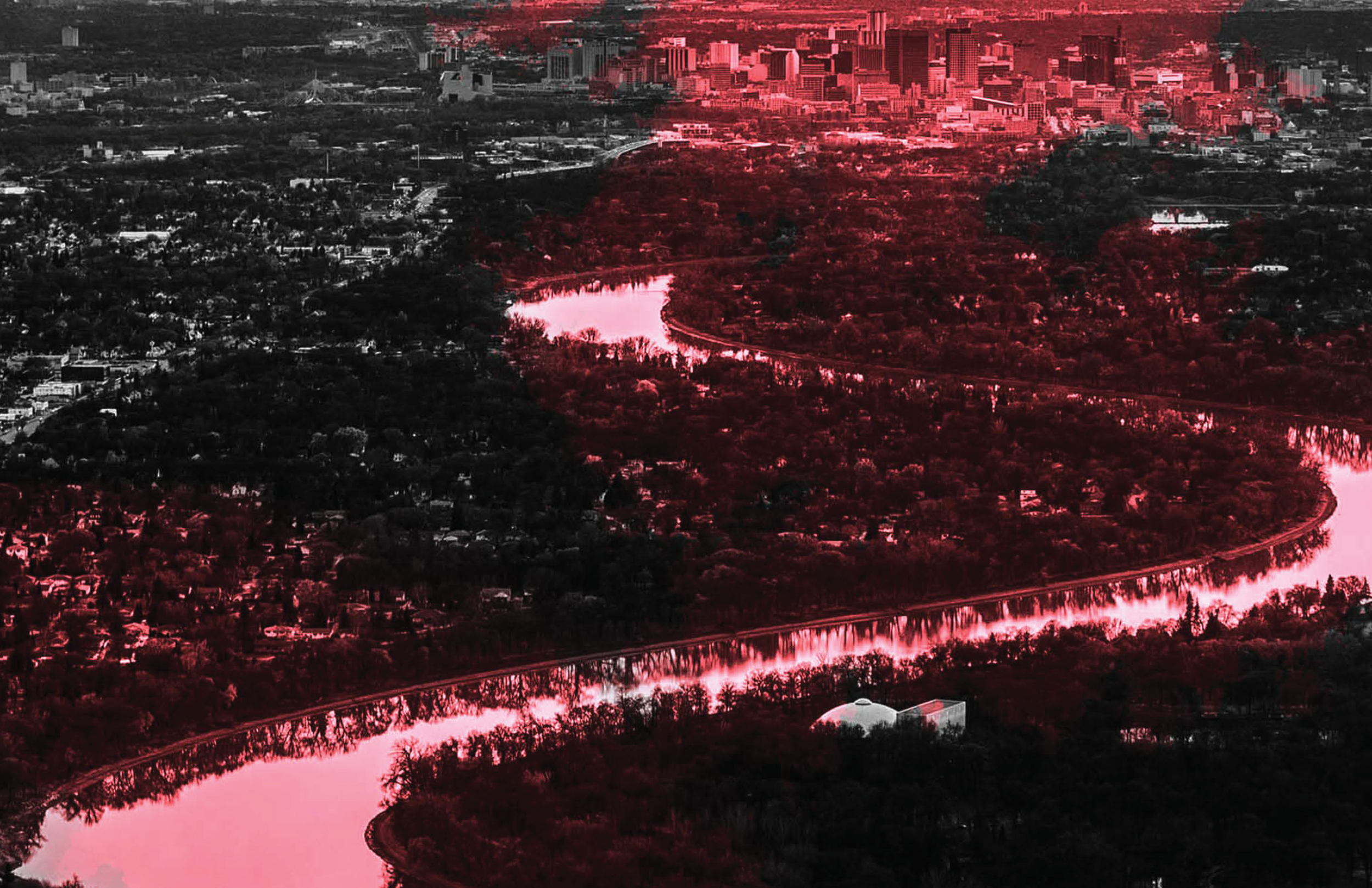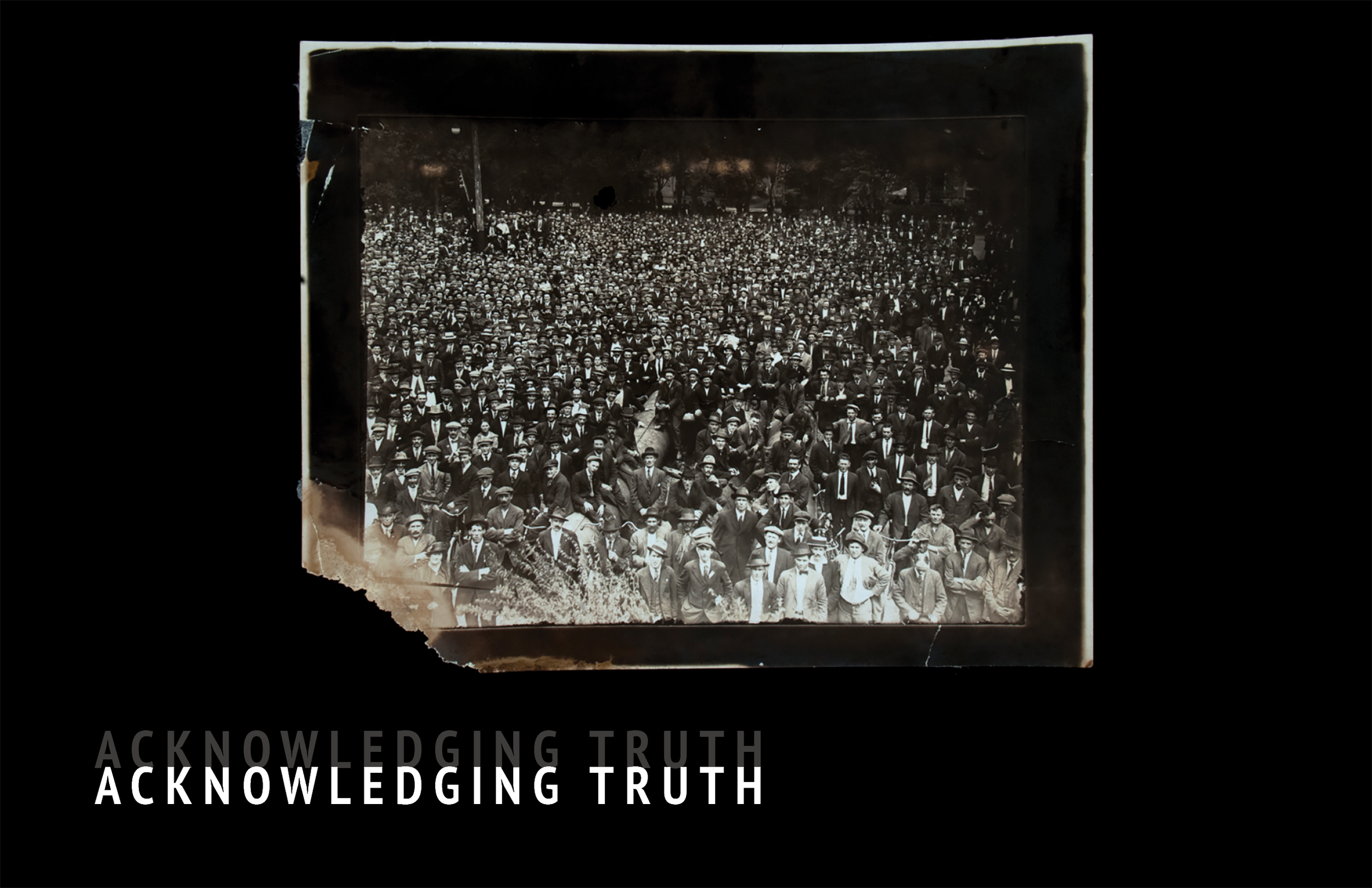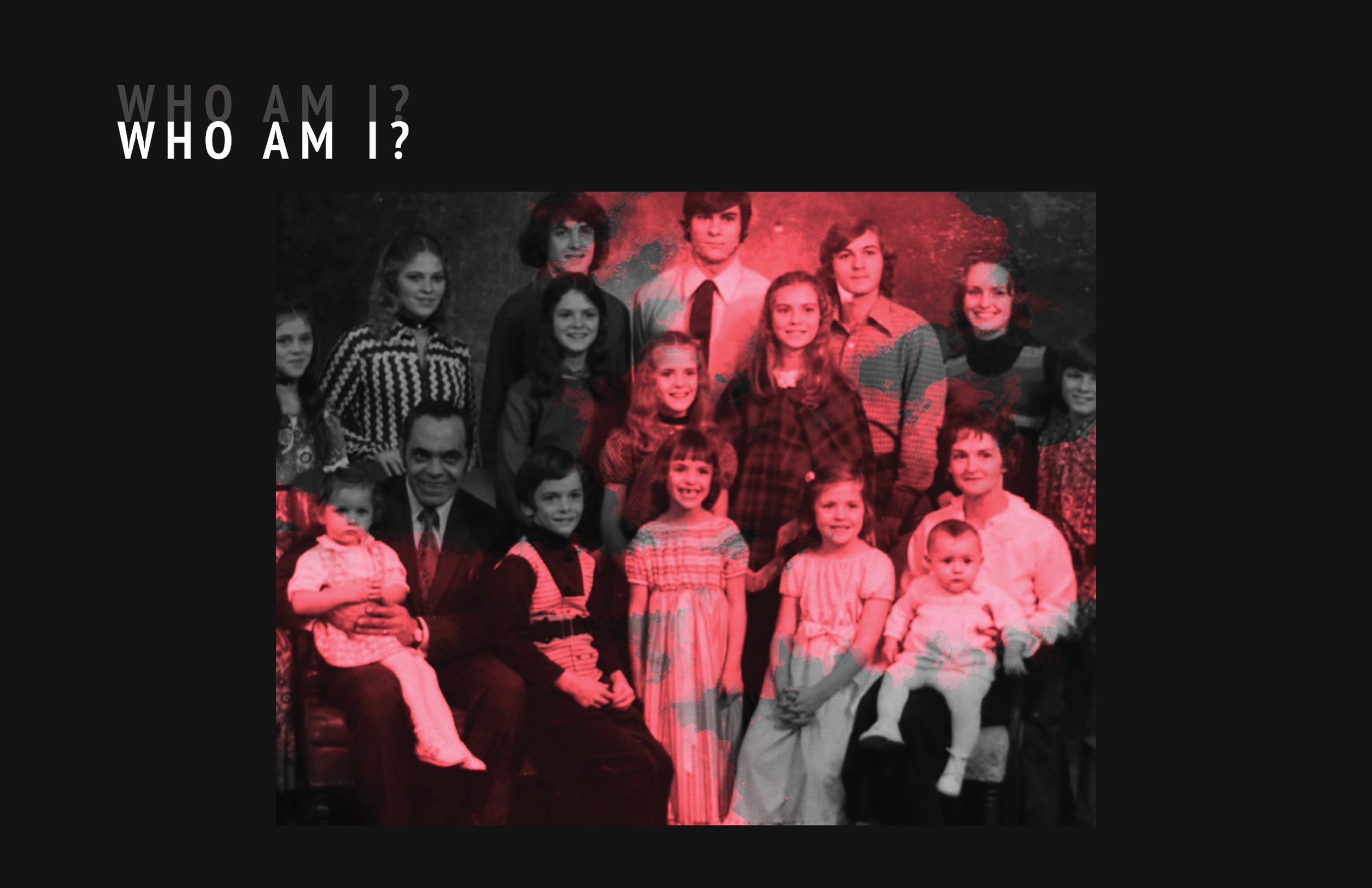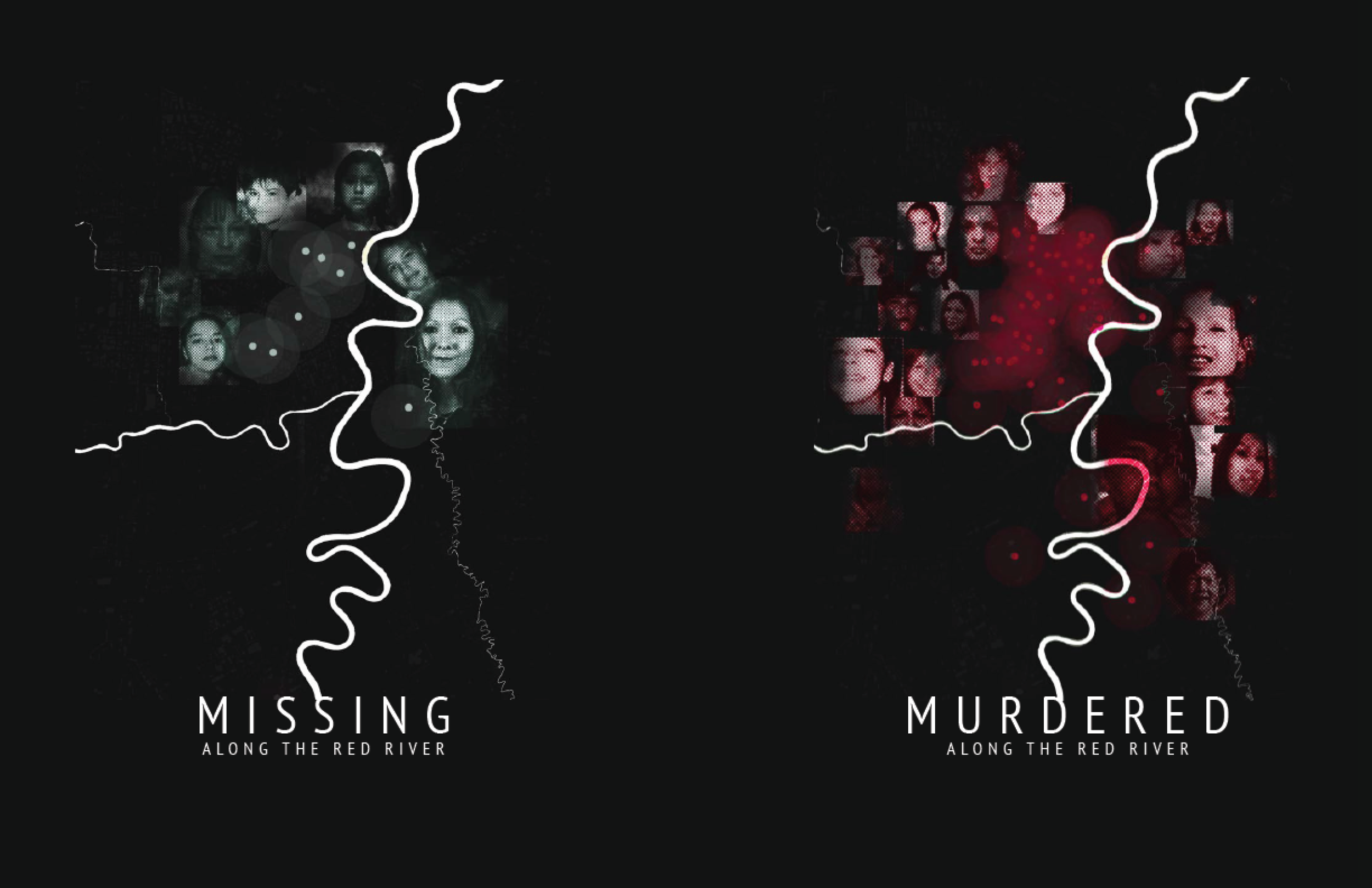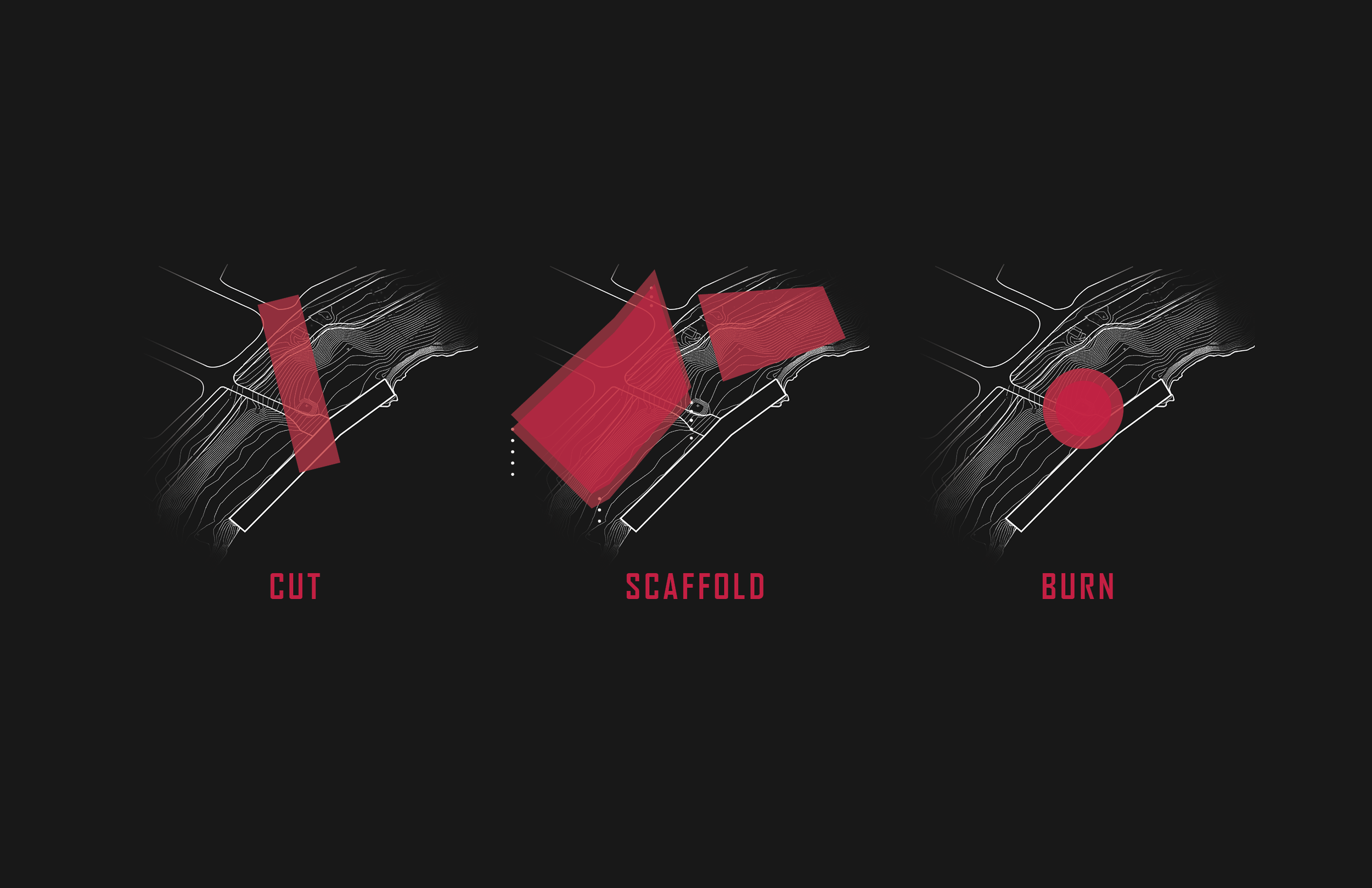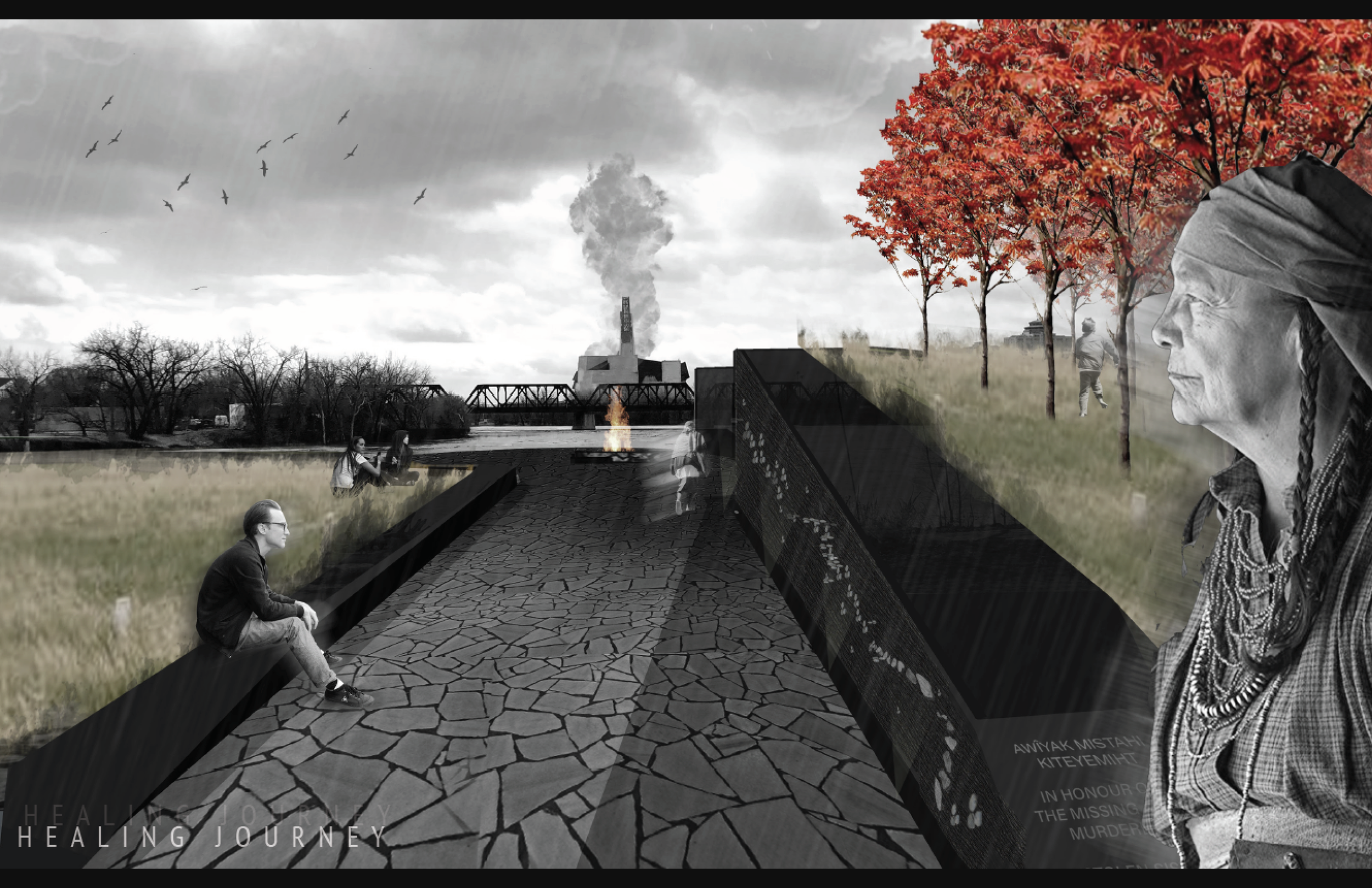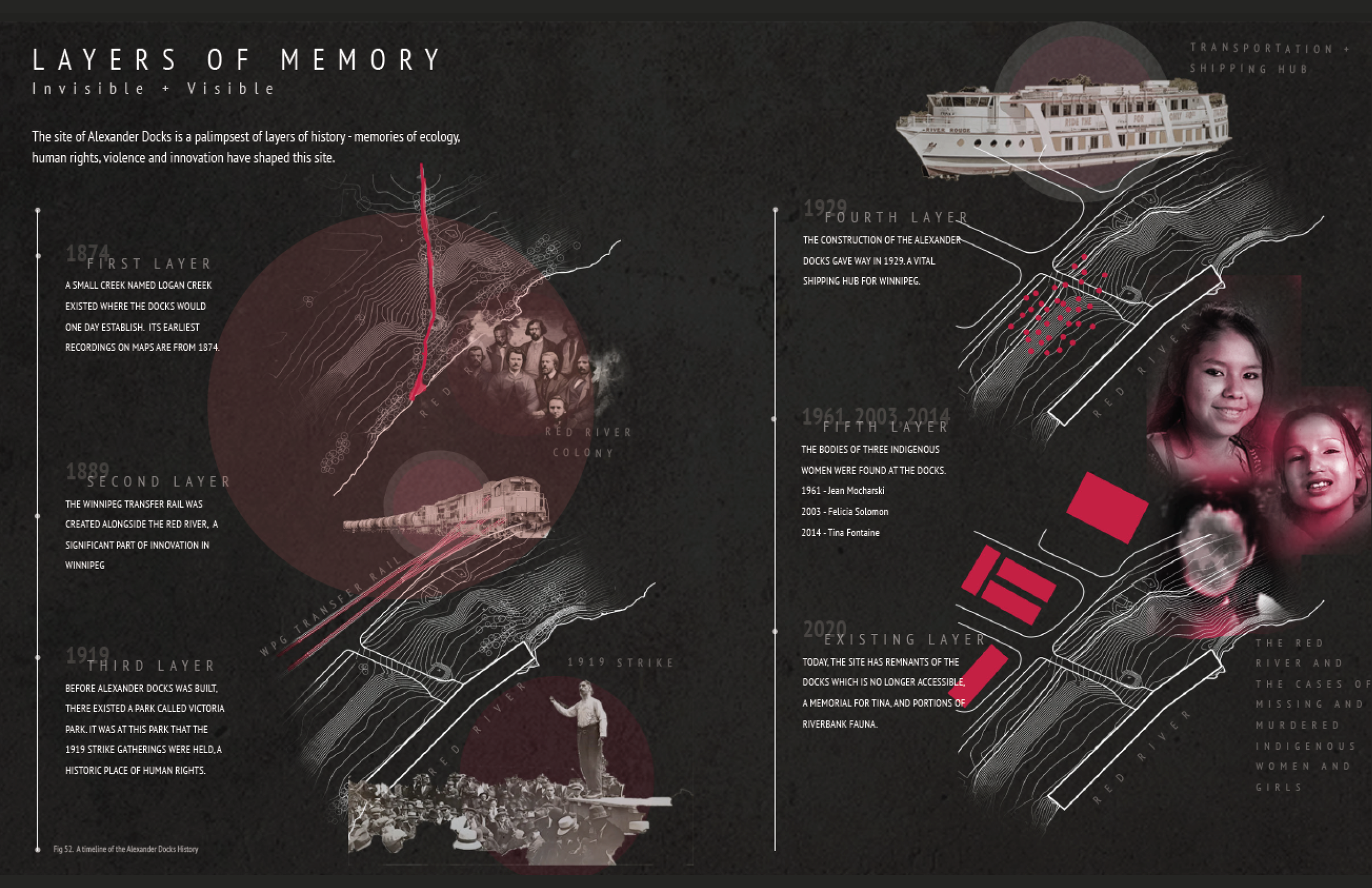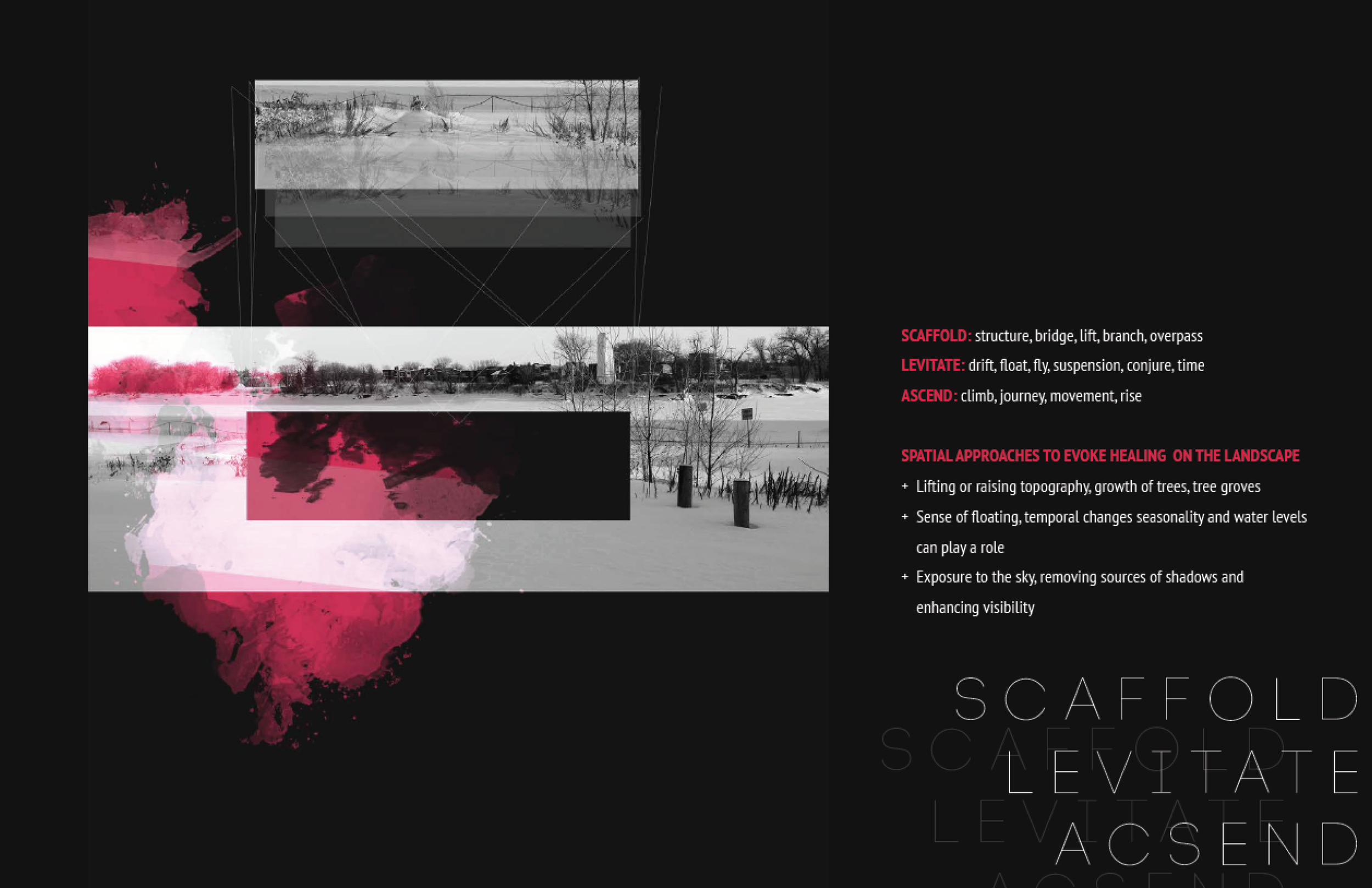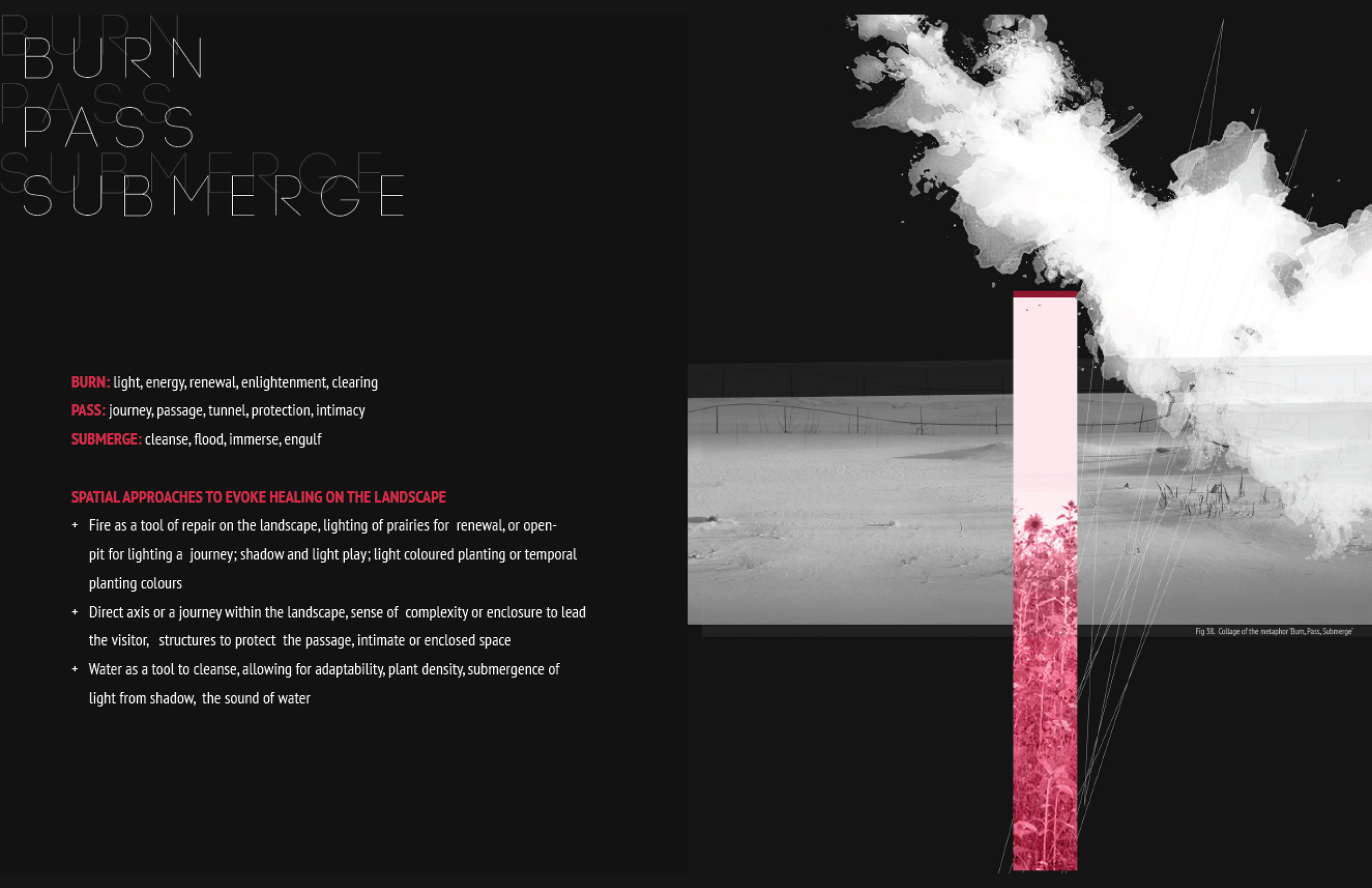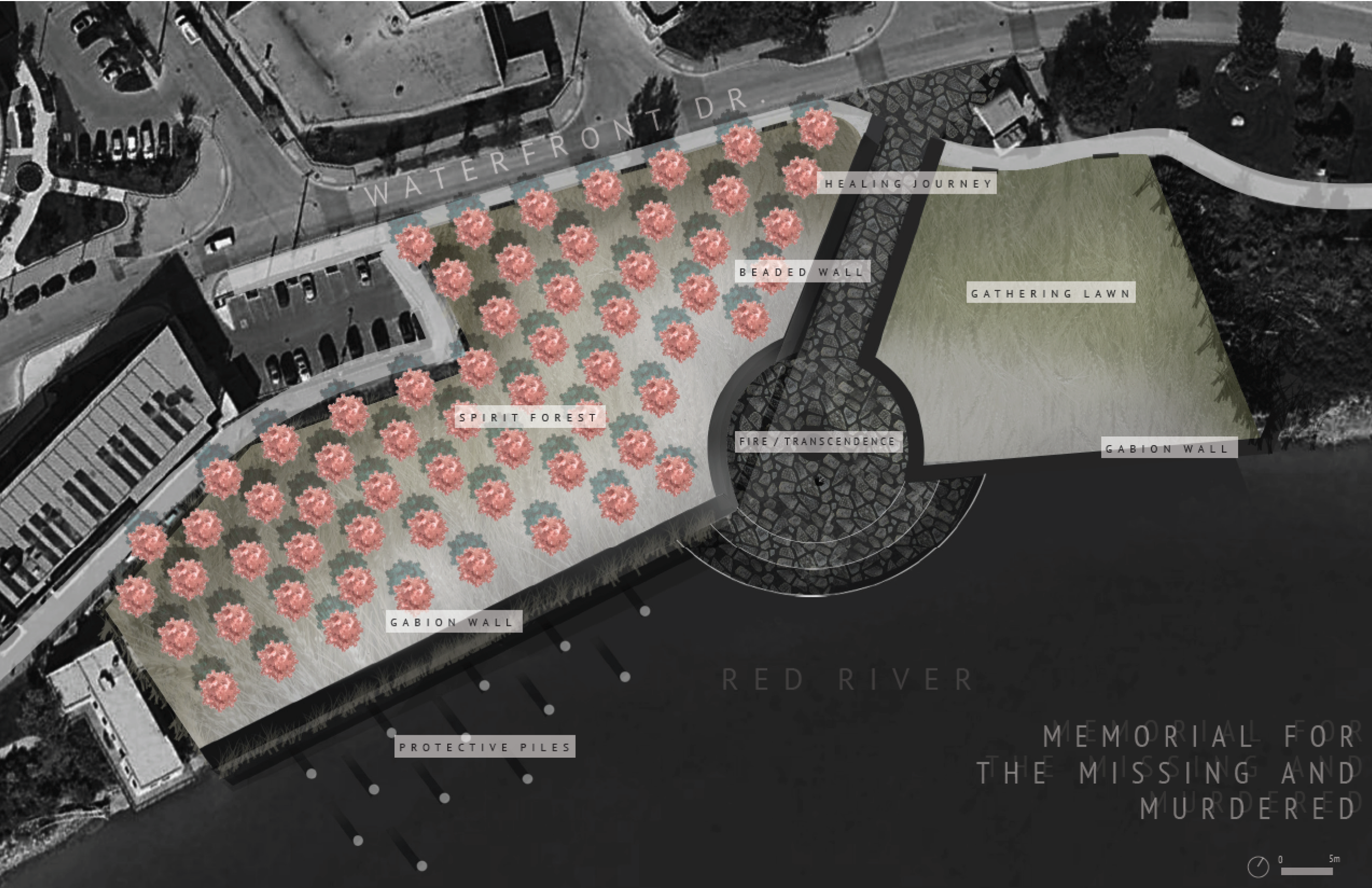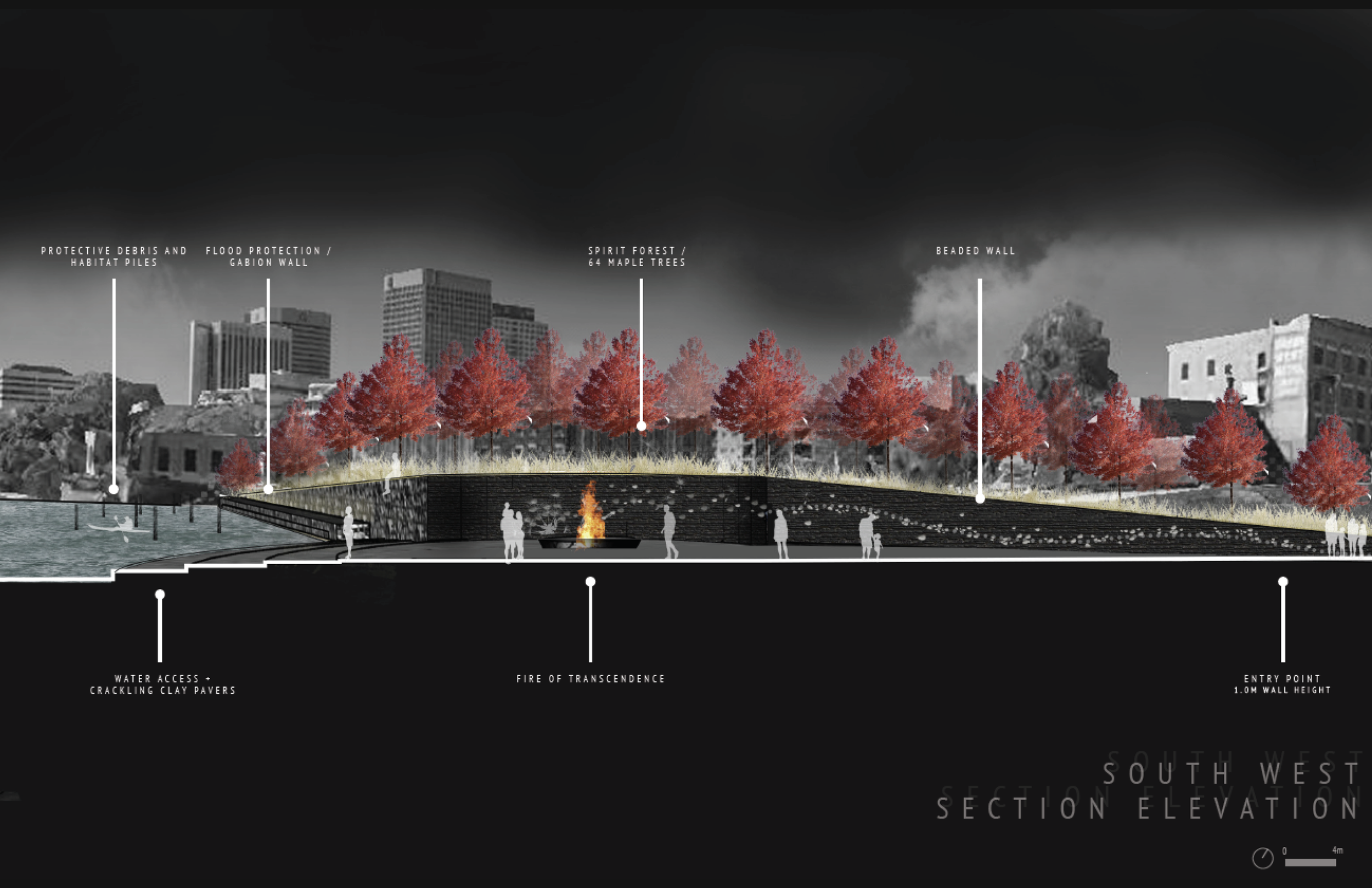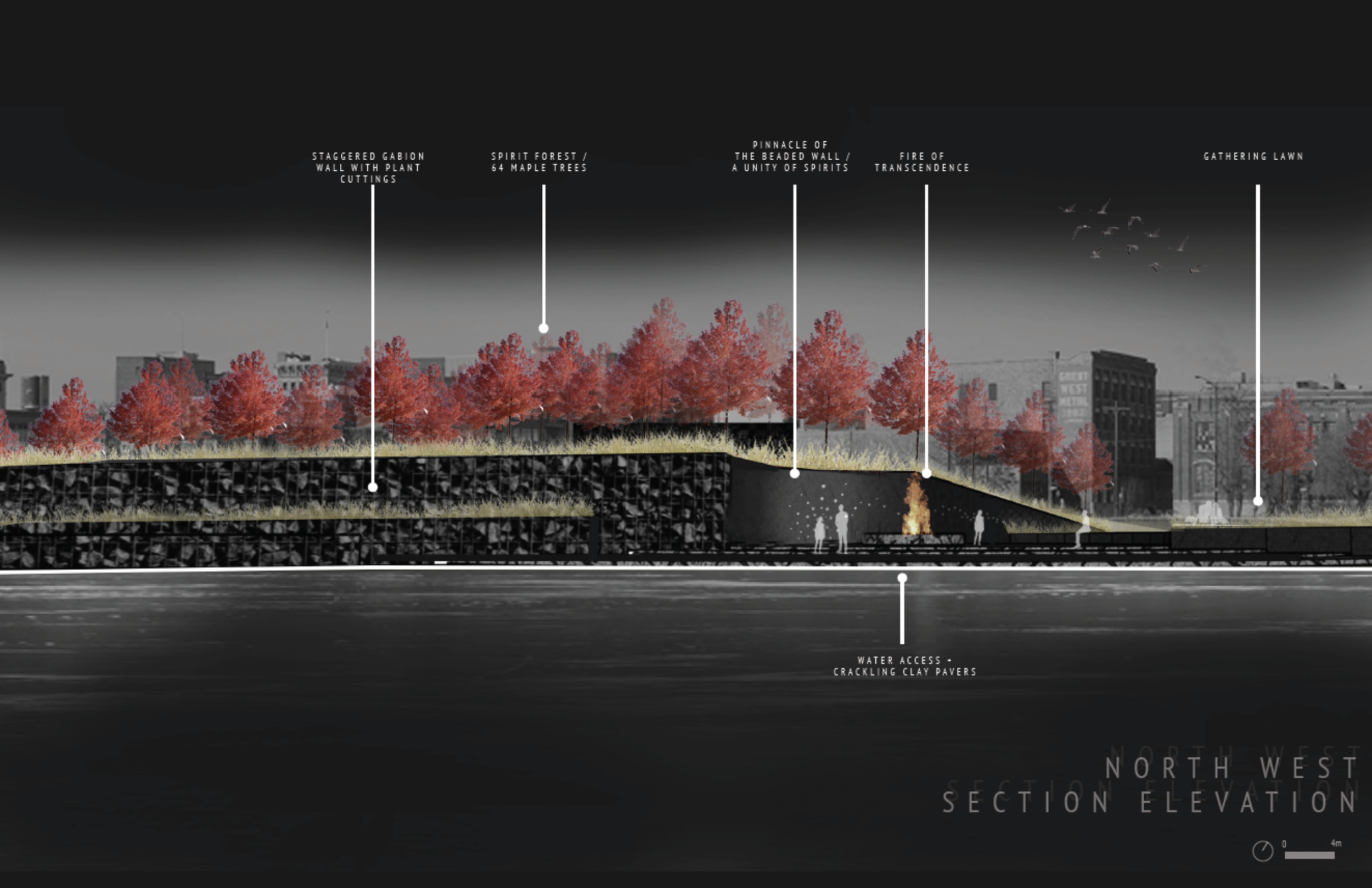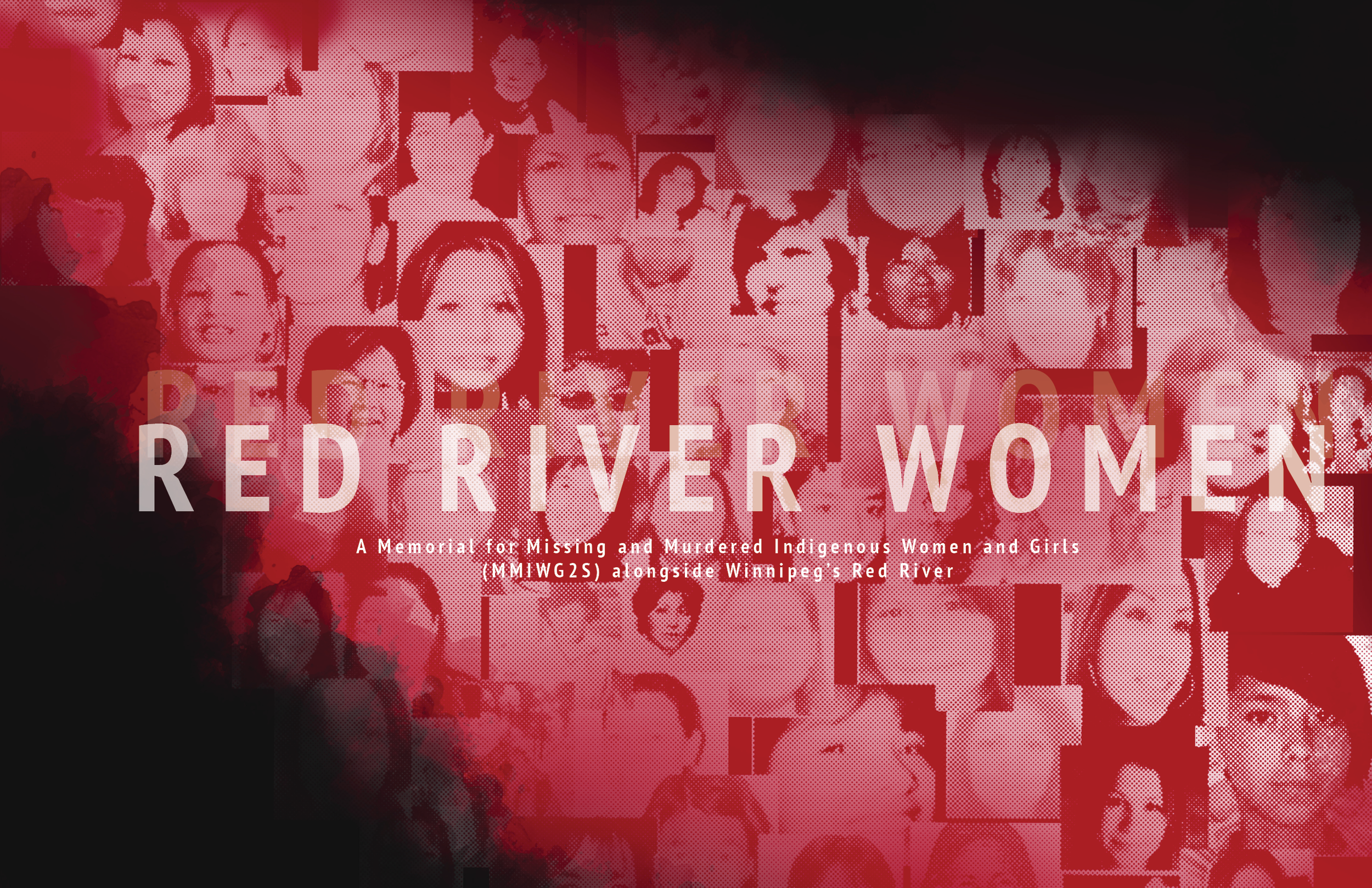
For over a century, Indigenous women’s identities have been washed away in the urban realm, crystalizing a normalization of Indigenous women’s death and violence. Many underlying factors contribute to their victimization, from racism and sexism to spatially oppressive agencies such as poverty, homelessness, and the legacy of colonialism. However, much of this marginalization has been perpetuated by the continued silencing of the urge to remember. This research argues that memory, remembrance, and placemaking have an essential role in reconciling Indigenous women’s presence not only in the city but also throughout Canada itself and the world.
This practicum examines the role of landscape architecture in responding to gender-based violence through spatial justice and memorialization. The work involves a sensitive analysis and mapping of the locations of the missing and murdered to synthesize areas of re-occurring crime and threatening public space. These spatial conditions begin to manifest a landscape memorial, an intrinsic part of transitional justice and social reconstruction for the dignity of Indigenous women across Canada.
To read more, check out my full practicum here:
